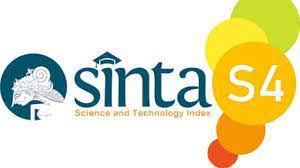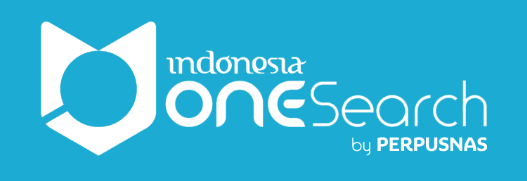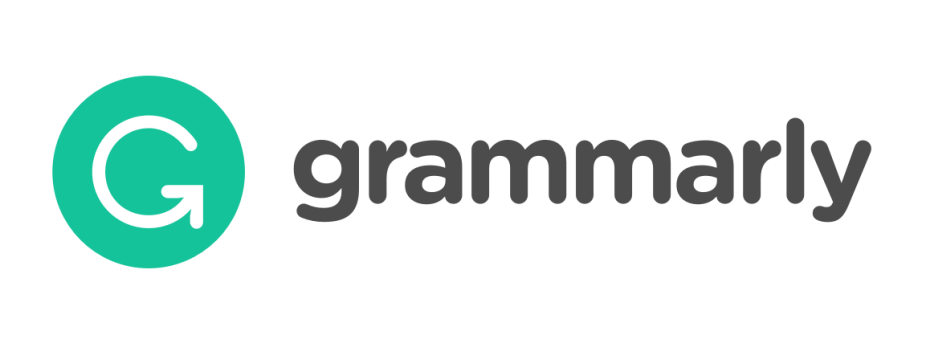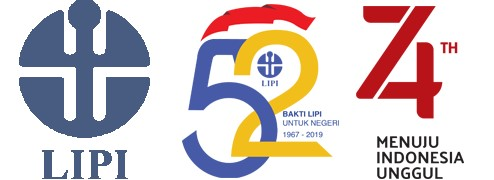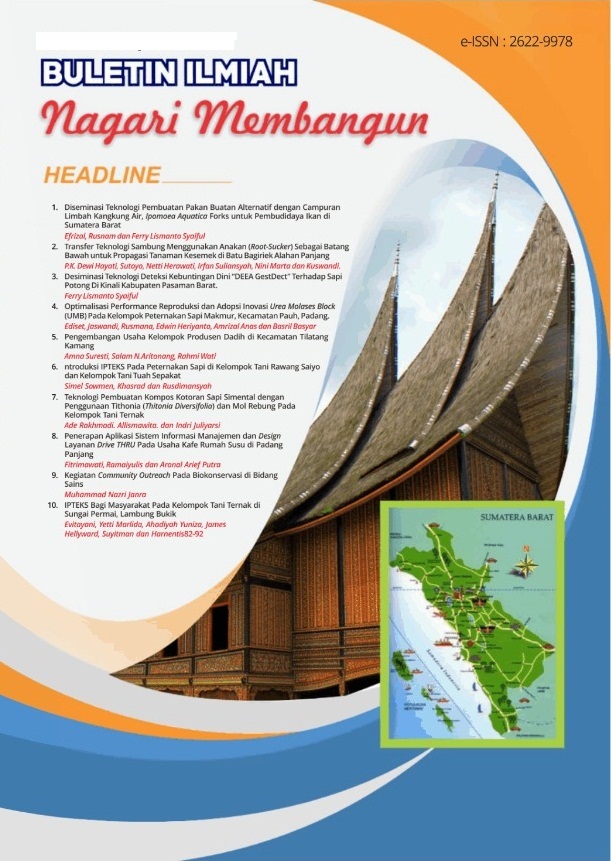EDUKASI PEMILIHAN BALUTAN MENINGKATKAN KEMAMPUAN PRAKTIK PERAWATAN LUKA DALAM KEGIATAN HOME CARE BAGI ALUMNI PRODI KEPERAWATAN BATURAJA
Abstract
The demand for home nursing care services, namely medical surgical cases, is increasing along with the variety of cases being treated by the client's family. The increase in cases requiring home care is a practice opportunity for nurses. Several alumni of the Baturaja Nursing Study Program have experienced problems in the choice of dressings in the practice of modern wound nursing care with a balanced moist concept. training with the TANDUR approach improves the ability of nurses in the practice of wound nursing care. The purpose of this community service is that the Alumni Nurses of the Baturaja Nursing Study Program are able to practice the selection of appropriate dressings to ensure a balanced moist atmosphere in the practice of wound nursing care. Community service activities with the Community Partnership Program scheme with a target audience of alumni, Nurses are given education through Zoom how to choose a balanced moist dressing for wound care practices at the client's home. Furthermore, the evaluation of practical ability is carried out via WhatsApp. The results obtained are that the education given to nurses increases the ability to practice dressing selection according to the moist balance method. In conclusion, this educational activity is very useful by providing training on choosing the right wound dressing.
Downloads
References
Corcoran, L. 2021. Delivering wound care during the pandemic. Br J Community Nurs, 26(Sup6), S34-s37. doi:10.12968/bjcn.2021.26.Sup6.S34
Cox, J. 2019. Wound Care 101. Nursing, 49 (10), 32-39. doi:10.1097/01.Nurse.0000580632.58318.08
Ding, S., Lin, F., & Gillespie, B. M. 2016. Surgical wound assessment and documentation of nurses: an integrative review. J Wound Care, 25(5), 232-240. doi:10.12968/jowc.2016.25.5.232
Dutton, M., Chiarella, M., & Curtis, K. 2014. The role of the wound care nurse: an integrative review. Br J Community Nurs, Suppl, S39-40, s42-37. doi:10.12968/bjcn.2014.19.sup3.s39
Everett, E., & Mathioudakis, N. 2018. Update on management of diabetic foot ulcers. Ann N Y Acad Sci, 1411(1), 153-165. doi:10.1111/nyas.13569
Fatmadona, R., & Oktarina, E. 2016. Aplikasi modern wound care pada perawatan luka infeksi di Rumah Sakit Pemerintah Kota Padang. NERS Jurnal Keperawatan, 12(2), 159-165.
Kielo-Viljamaa, E., Suhonen, R., Ahtiala, M., Kolari, T., Katajisto, J., Salminen, L., & Stolt, M. 2021. The development and testing of the C/WoundComp instrument for assessing chronic wound-care competence in student nurses and podiatrists. Int Wound J, 18(1), 62-78. doi:10.1111/iwj.13495
Kielo, E., Salminen, L., & Stolt, M. 2018. Graduating student nurses' and student podiatrists' wound care competence - An integrative literature review. Nurse Educ Pract, 29, 1-7. doi:10.1016/j.nepr.2017.11.002
Liu, Z., Dumville, J. C., Hinchliffe, R. J., Cullum, N., Game, F., Stubbs, N., Peinemann, F. 2018. Negative pressure wound therapy for treating foot wounds in people with diabetes mellitus. Cochrane Database Syst Rev, 10(10), Cd010318. doi:10.1002/14651858.CD010318.pub3
Lumbers, M. 2021. Wound care is not just about the wound. Br J Community Nurs, 26(Sup9), S5. doi:10.12968/bjcn.2021.26.Sup9.S5
Nuutila, K., & Eriksson, E. 2021. Moist wound healing with commonly available dressings. Adv Wound Care (New Rochelle), 10(12), 685-698. doi:10.1089/wound.2020.1232
Renwick, C. 2020. Development of the wound resource education nurse (WREN) programme. Br J Nurs, 29(15), S18-s23. doi:10.12968/bjon.2020.29.15.S18
Septiyanti, M., Rahmalia, S., & Arneliwati. 2014. Hubungan tingkat pengetahuan dengan sikap perawat tentang perawatan luka diabetes dengan menggunakan teknik moist wound healing. Jurnal Online Mahasiswa Program Studi Ilmu Keperawatan Universitas Riau, 1(1), 1-8.
Stephen-Haynes, J. 2017. The world of wound care. Br J Nurs, 26(15), S3. doi:10.12968/bjon.2017.26.15.S3
Sujati, N. K., & Aisyah, A. 2021. The Influence of the TANDUR Learning Model on the Ability of Nurse Practices in Wound Nursing Care at Dr. H. Ibnu Sutowo Baturaja OKU Hospital. Paper presented at the Proceeding International Conference On Health, Social Sciences And Technology, Palembang.
Taidouch, A., Crouwers, M. J., & Spigt, M. 2021. Complex wound care by a nurse practitioner in primary care: a quality improvement evaluation on healing rates, costs and patient satisfaction. Br J Community Nurs, 26(Sup12), S14-s21. doi:10.12968/bjcn.2021.26.Sup12.S14
Welsh, L. 2018. Wound care evidence, knowledge and education amongst nurses: a semi-systematic literature review. Int Wound J, 15(1), 53-61. doi:10.1111/iwj.12822



